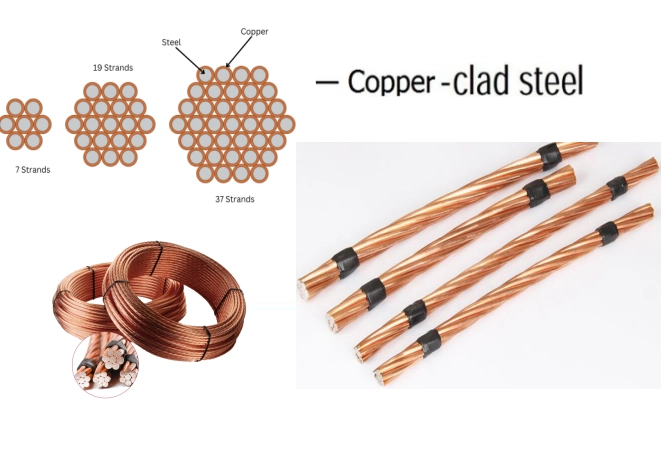When it comes to HVAC systems, automotive applications, or even household appliances, the terms blower motor and fan motor are often used interchangeably. However, these components serve distinct functions and are designed for different applications. In this article, we will delve into the nuances of blower motors and fan motors, exploring their specific roles, construction differences, and applications to provide a comprehensive understanding of whether a blower motor is the same as a fan motor.
What is a Blower Motor?
A blower motor is a specific type of electric motor that is primarily used to move air through a system. It is commonly found in heating, ventilation, and air conditioning (HVAC) systems, where it plays a crucial role in circulating air. The blower motor is typically connected to a fan that helps to push air through ducts and into various spaces within a building or vehicle.
Key Characteristics of Blower Motors:
- Design and Construction: Blower motors are often designed with a squirrel cage fan, which allows for high airflow and pressure. This design enables the motor to move air efficiently, making it ideal for applications requiring significant air movement against resistance, such as in ducted systems.
- Functionality: The primary function of a blower motor is to create a strong airflow that can overcome the resistance of ductwork. This is essential for maintaining consistent temperature and air quality within a space.
- Applications: Blower motors are commonly used in furnaces, air conditioning units, and ventilation systems. In automotive applications, they are found in heating and cooling systems to ensure proper cabin airflow.
What is a Fan Motor?
On the other hand, a fan motor is a more general term that refers to any motor that drives a fan. Fan motors are used in a variety of applications, from cooling systems in computers to exhaust fans in kitchens and bathrooms.
Key Characteristics of Fan Motors:
- Design and Construction: Fan motors can vary widely in design, depending on their intended use. They may include axial fans, centrifugal fans, and more, each designed for specific airflow patterns and pressure requirements.
- Functionality: The primary role of a fan motor is to circulate air, often for cooling or ventilation purposes. Unlike blower motors, fan motors may not be designed to overcome significant resistance, making them suitable for applications where airflow is needed without high pressure.
- Applications: Fan motors are ubiquitous in everyday appliances, including ceiling fans, table fans, and exhaust fans. They are also used in industrial settings for cooling machinery and processes.
Key Differences Between Blower Motors and Fan Motors
While both blower motors and fan motors are integral to air movement, several key differences set them apart:
- Airflow vs. Pressure: Blower motors are designed to generate high pressure and airflow, making them suitable for ducted systems. In contrast, fan motors typically focus on moving air with less resistance, making them ideal for open environments.
- Motor Speed and Control: Blower motors often operate at variable speeds to adjust airflow based on system demands. Fan motors may also have speed control, but their operation is generally less complex.
- Applications and Use Cases: Blower motors are specialized for HVAC and automotive applications, while fan motors are more versatile and found in a broader range of devices.
Conclusion
In conclusion, while a blower motor and a fan motor may seem similar at first glance, they serve distinct purposes and are designed for different applications. Understanding these differences is crucial for anyone involved in HVAC systems, automotive repair, or appliance maintenance. By recognizing the specific roles of each motor type, you can make informed decisions regarding repairs, replacements, and system designs.

